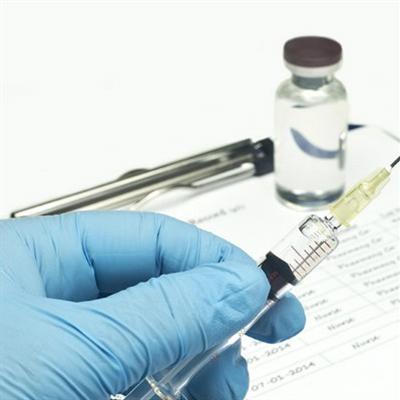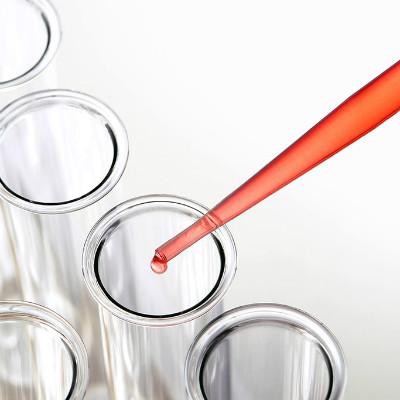Initial symptoms of lymph node tumor?
summary
The patient, male, is 6 years old. He has a small pimple under the armpit of his left arm. It doesn't hurt or itch at ordinary times. Recently, it may be because of the summer. The weather is too hot. He found that the pimple in his armpit has gradually increased. Now when he touched it, it was a little painful. He didn't want to touch it all the time. He went to the hospital to have an examination. The doctor said that the lymph node was inflamed, But there are still questions in my heart. What are the early symptoms of childhood lymphoma? Here we analyze the disease.
Initial symptoms of lymph node tumor?
Febrile Hodgkin's lymphoma has febrile symptoms in the early stage, showing irregular fever, persistent or indirect fever. A few of them have periodic fever, and often have sweating after fever abatement. Non Hodgkin's lymphoma usually has no fever in the early stage, and fever often occurs when extensive lesions occur.

Lymphadenopathy painless progressive lymphadenopathy or local mass is a common clinical feature of lymphoma, and it is also one of the early first symptoms of lymphoma. Painless cervical or supraclavicular lymph node enlargement is the most common, followed by axillary lymph node enlargement. The enlarged lymph nodes can move, or they can adhere to each other and fuse into a lump. When touched, they have a cartilaginous feeling.

Systemic symptoms lymphoma early onset has no specific symptoms, often with fever, weight loss, night sweat as the main systemic symptoms, and often accompanied by loss of appetite, fatigue, skin itching, etc; There may be local and systemic skin itching, mostly in young women; In addition, pruritus may be the only systemic symptom of Hodgkin's lymphoma

matters needing attention
Extranodal organ involvement lymphoma can occur in any part of the body due to the fact that lymphoid connective lymphoid tissue is all over the body and communicates with monocyte macrophage system and blood system. Lymph nodes, tonsils, spleen and bones are the most easily involved parts. Due to the different location and degree of lesions, organ involvement is also different.














